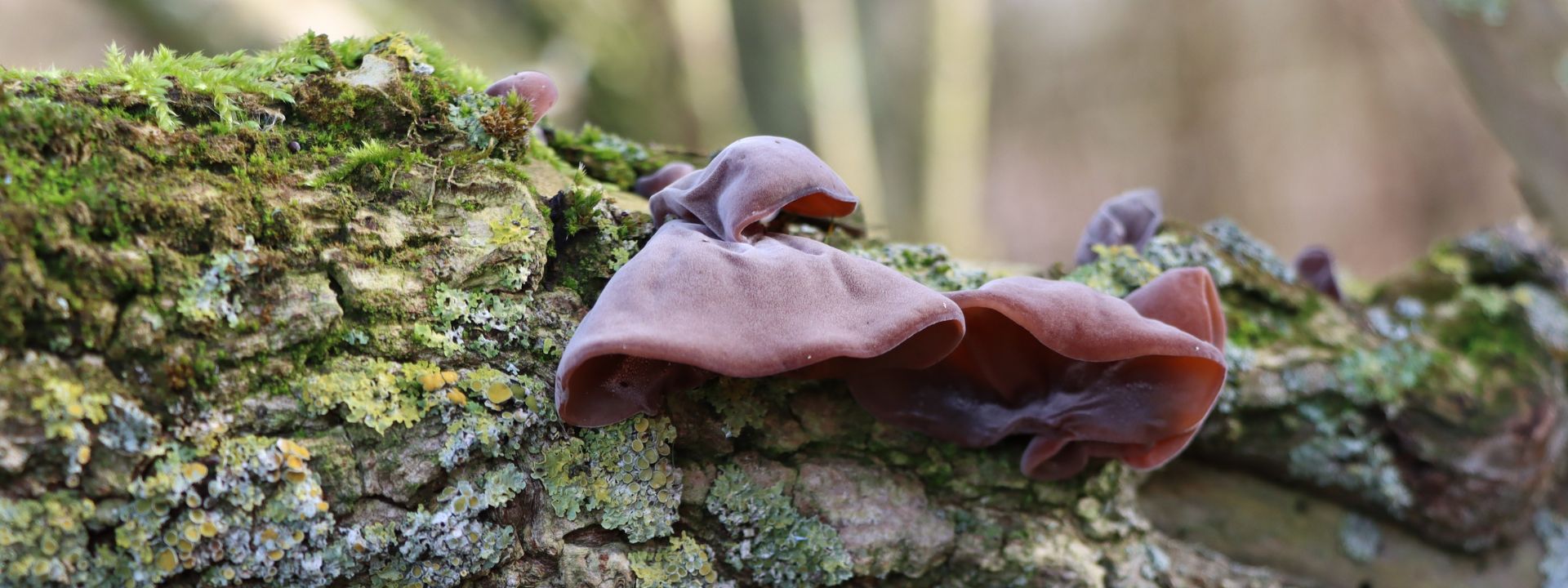This page showcases a selection of my written work, separated by organisation. Where possible I have linked to the original location and credited any imagery that is not my own within each article.

Darwin Tree of Life

The year we built the biggest genome in Britain
The sight of mistletoe hanging in trees this winter will be especially poignant for scientists who spent many months finding innovative ways to generate its giant genome.
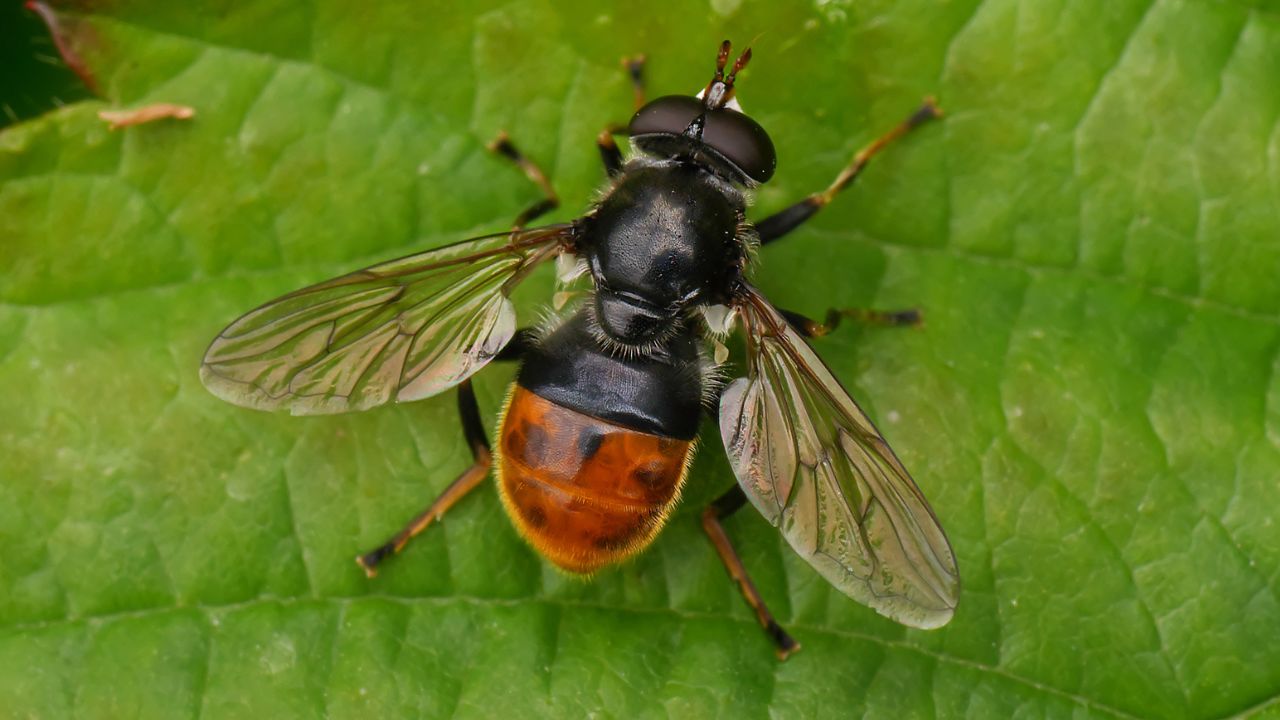
Pine Hoverfly back from the brink with help from genomics
With adult insects seen in Scotland for the first time in years, top quality genome sequences are now helping make a permanent success of saving this endangered pollinator.

A tragic stranding helps dive into the orca genome
A new orca reference genome may unlock secrets to this apex predator's evolution, threats from inbreeding, and lives in British and Irish waters.

Local experts join the hunt for Britain’s rare plant genomes
The Lizard in Cornwall is home to many of Britain's rarest plants. But where do they grow? A local botany group knew exactly where to look.

Understanding our fish, keeping our seas sustainable
Genomics gives scientists and fishers a fine-grain picture of which species swim where. This helps avoid the overfishing disasters of the past.
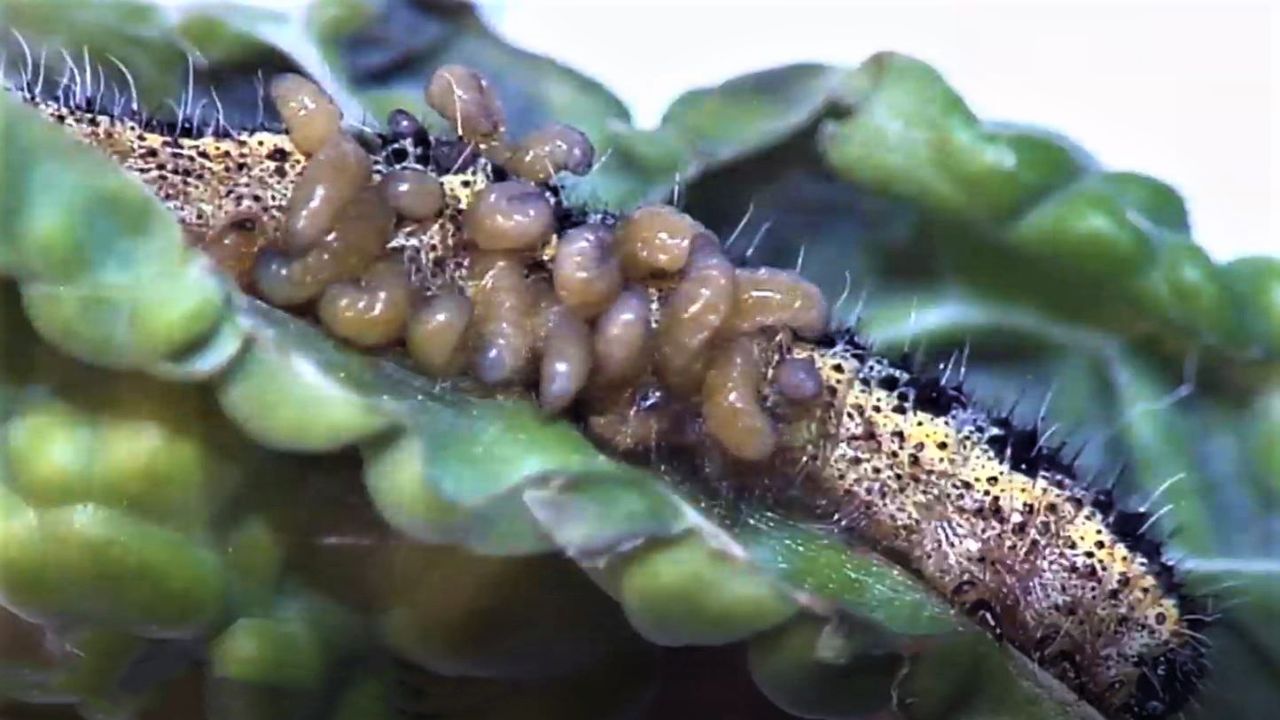
Parasitoid wasps: indispensable insects we don't like thinking about!
Eating caterpillars from the inside, paralysing spiders... and pollinating! Parasitoid wasps are a huge (and hugely diverse) group of insects.
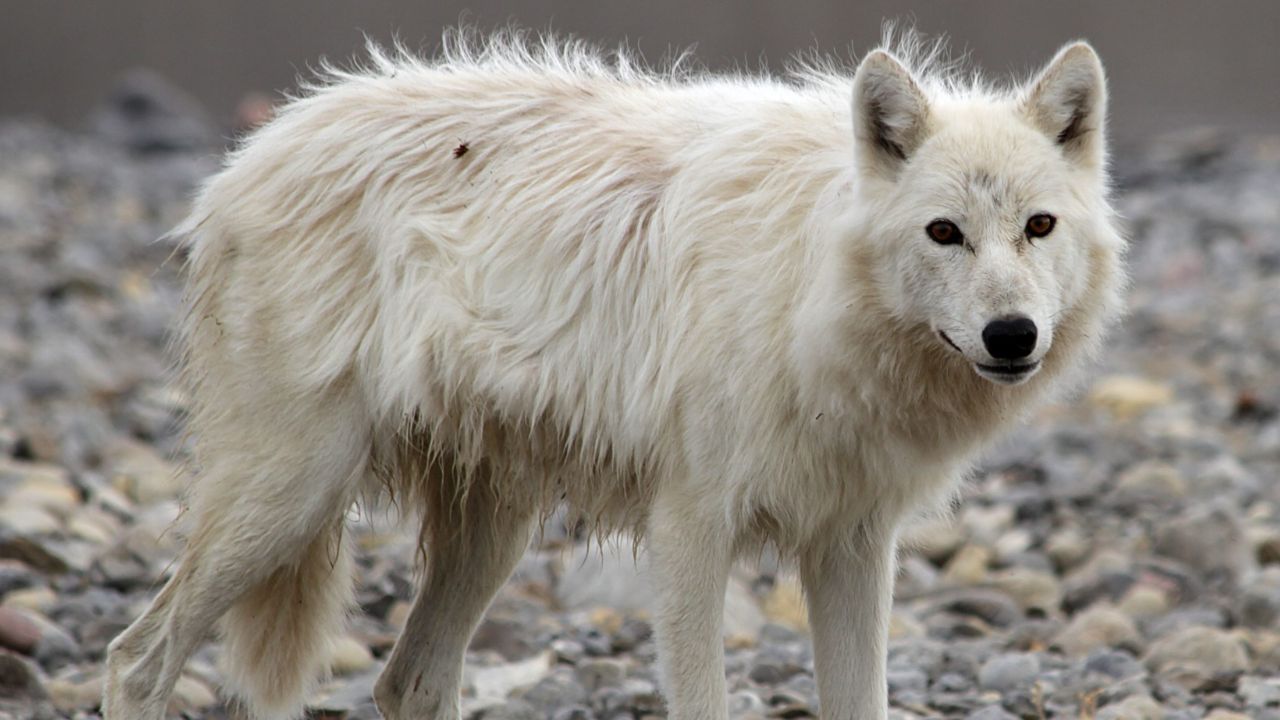
Where wolves? Bringing back Britain's apex predator
Wolves were eradicated from Britain around 300 years ago, leaving a hole in our ecosystem. How might genomics help bring this and other missing species back?
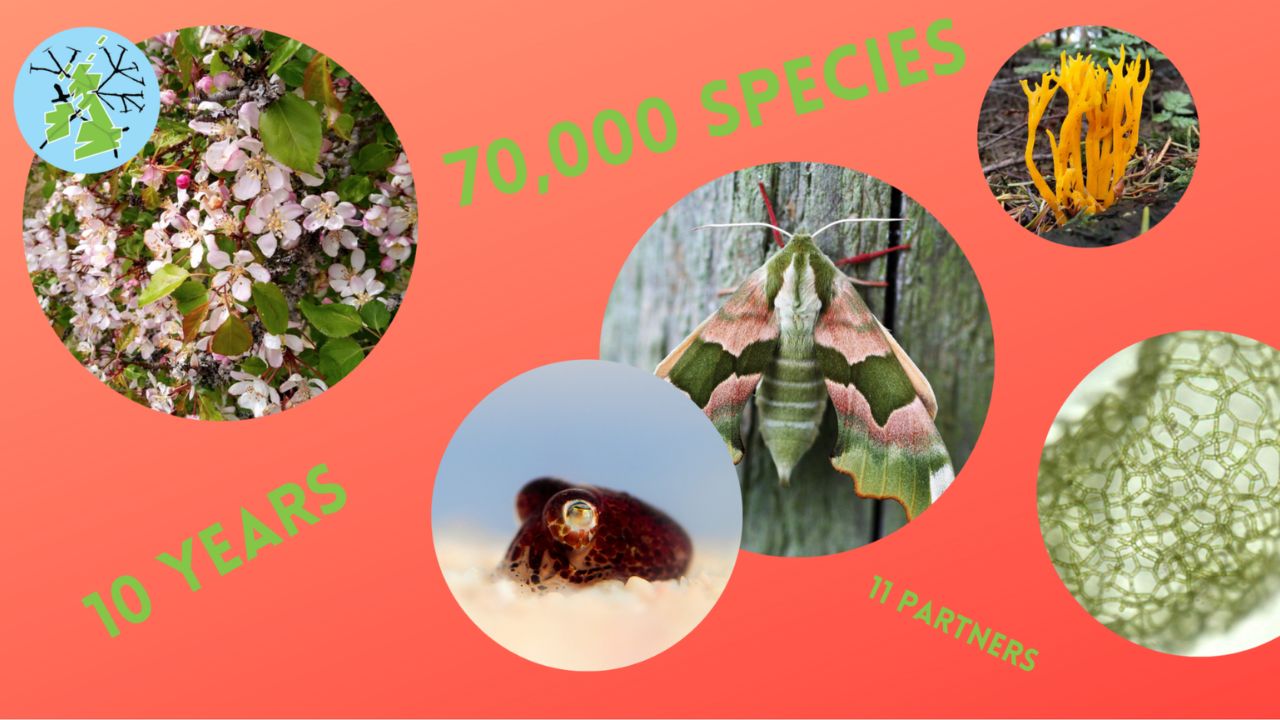
Sequencing all life, explained in numbers
What does it mean to sequence the genomes of all life in Britain and Ireland? Perhaps breaking it down by numbers can help explain!

Priest Pot: A seldom-studied protist paradise
Scientists hadn't studied this cut-off Cumbrian pond and its microscopic inhabitants for a decade. Darwin Tree of Life plunged in.
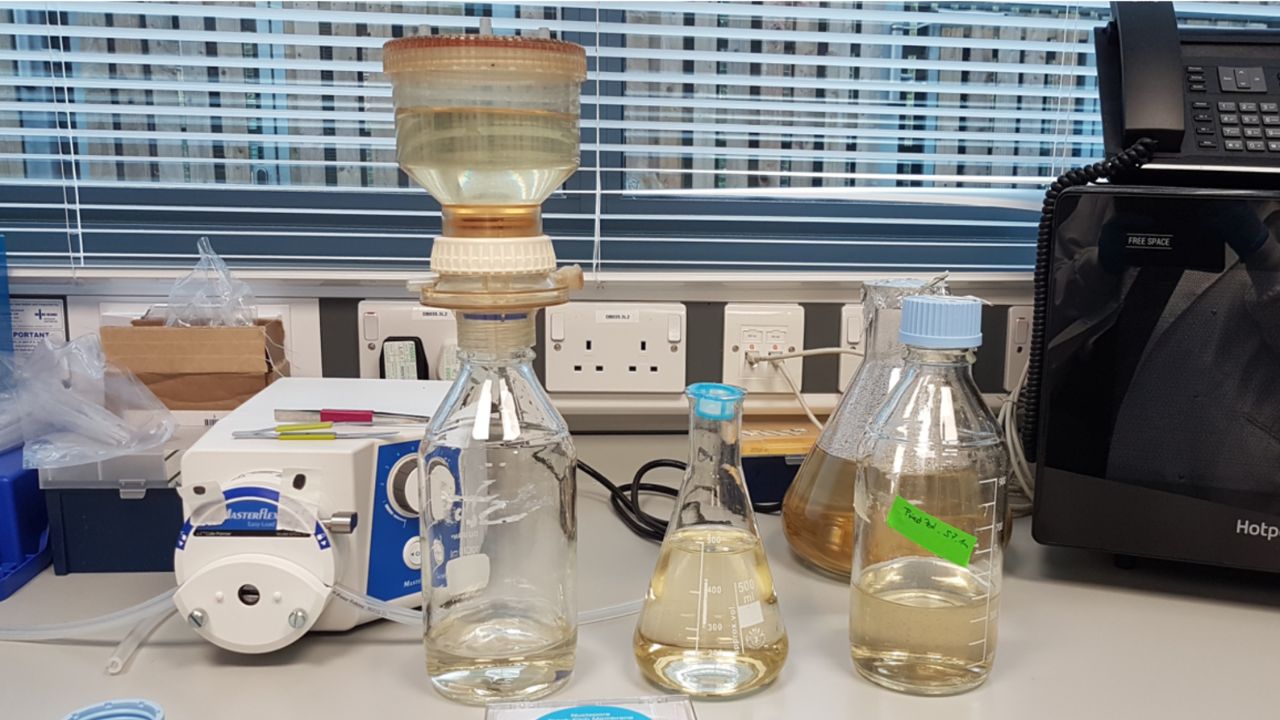
5 tricks to separate protists from pondwater
Having transported many litres of pondwater to the lab, ingenuity is required to separate the single-celled organisms we want from all the other lifeforms and debris floating in our samples.

The mystery of Britain’s reappearing butterfly
The Large Tortoiseshell disappeared from England in the 1950s. Now it's back – but scientists aren't sure why!
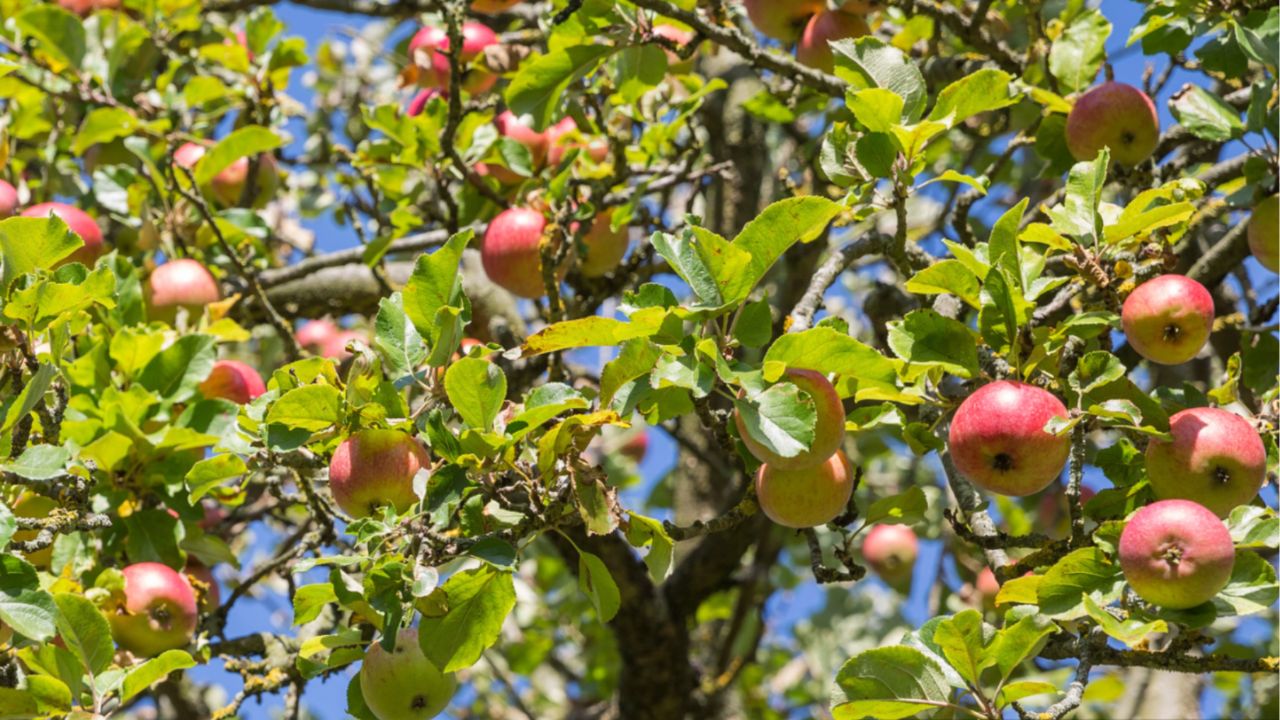
Comparing apples with... their genomes
New genome sequences for Britain and Ireland's only native apple, plus four domestic varieties, can teach us much about the apple heritage of these islands.
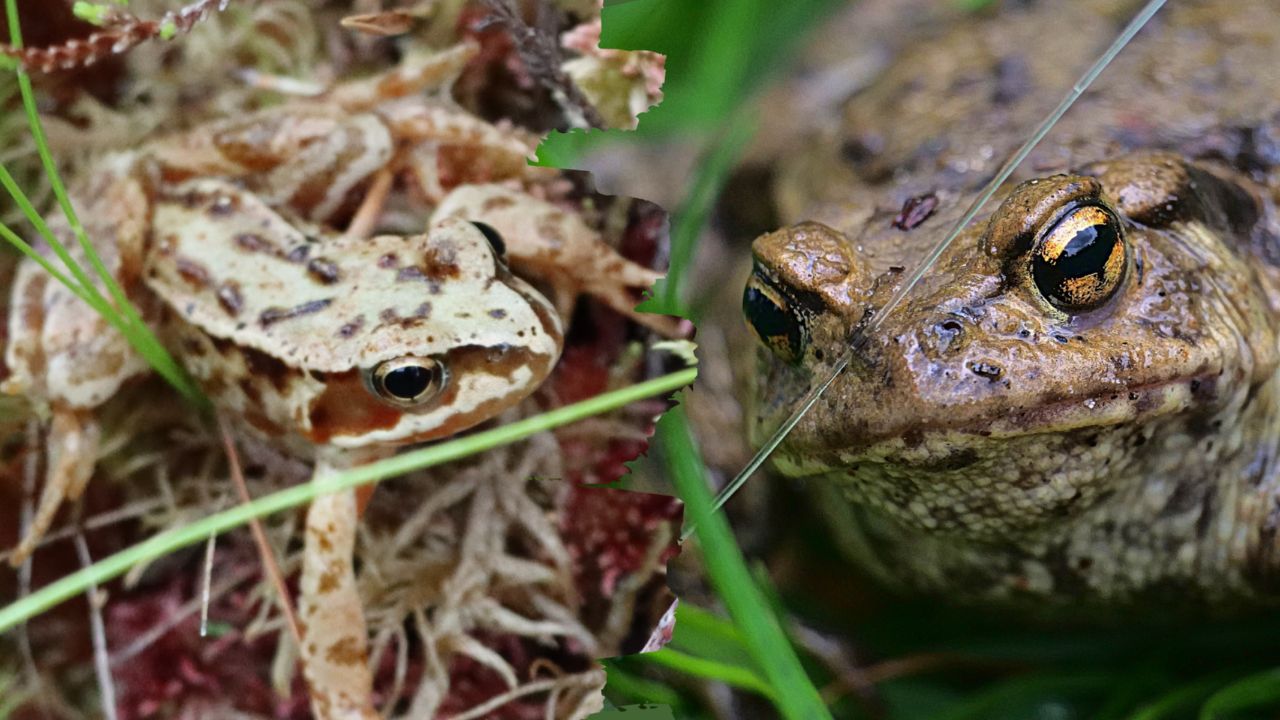
Warts and all: The differences between frogs and toads
What do our common terms 'frog' and 'toad' actually mean – if anything – in an evolutionary and genomic sense?
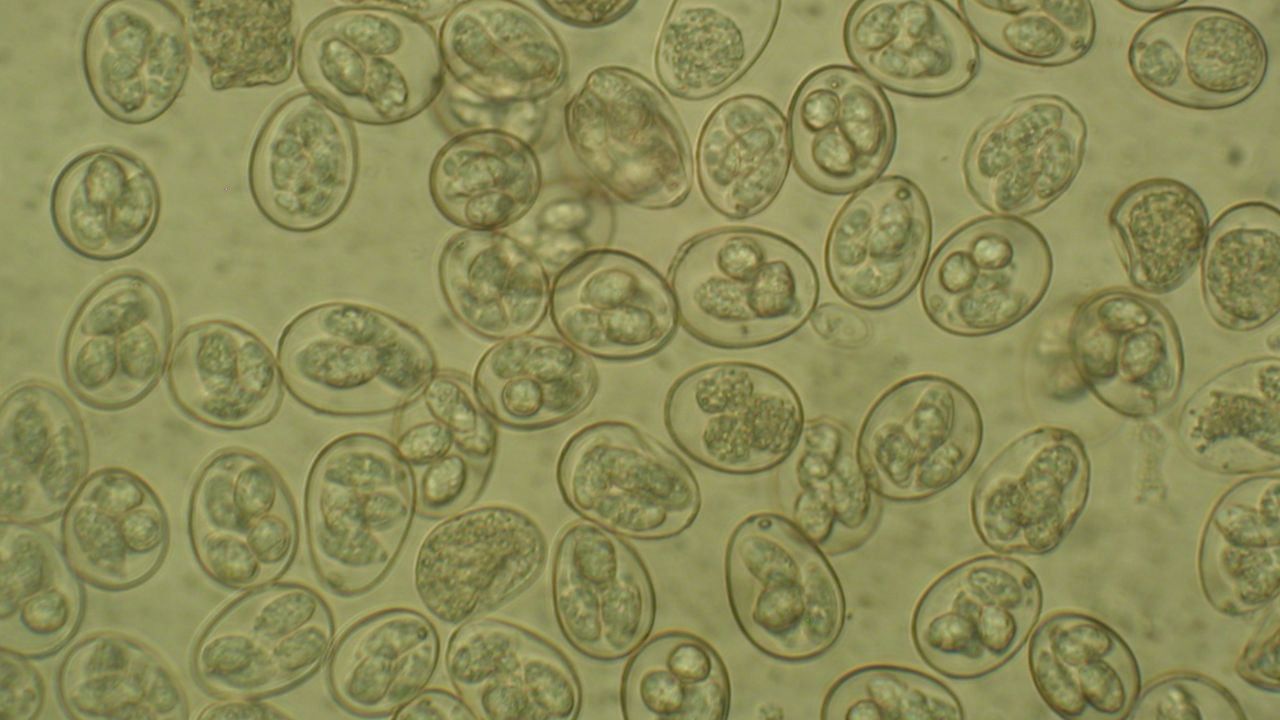
The chicken parasite costing farmers billions
Scientists hope the genome of this single-celled coccidian protist will deliver better vaccines to protect poultry from severe diarrhoea and death.

The ‘pandemic’ infecting nearly half of all insect species
As they generate thousands of insect genomes, researchers are taking the opportunity to study the Wolbachia bacterial 'cobionts' living inside them.

Threatened butterfly lays foundations for her species’ recovery
A female has not only provided her eggs for reintroduction to the Malvern Hills, she will also become the reference genome for her species.

Malaria Genomic Epidemiology Network
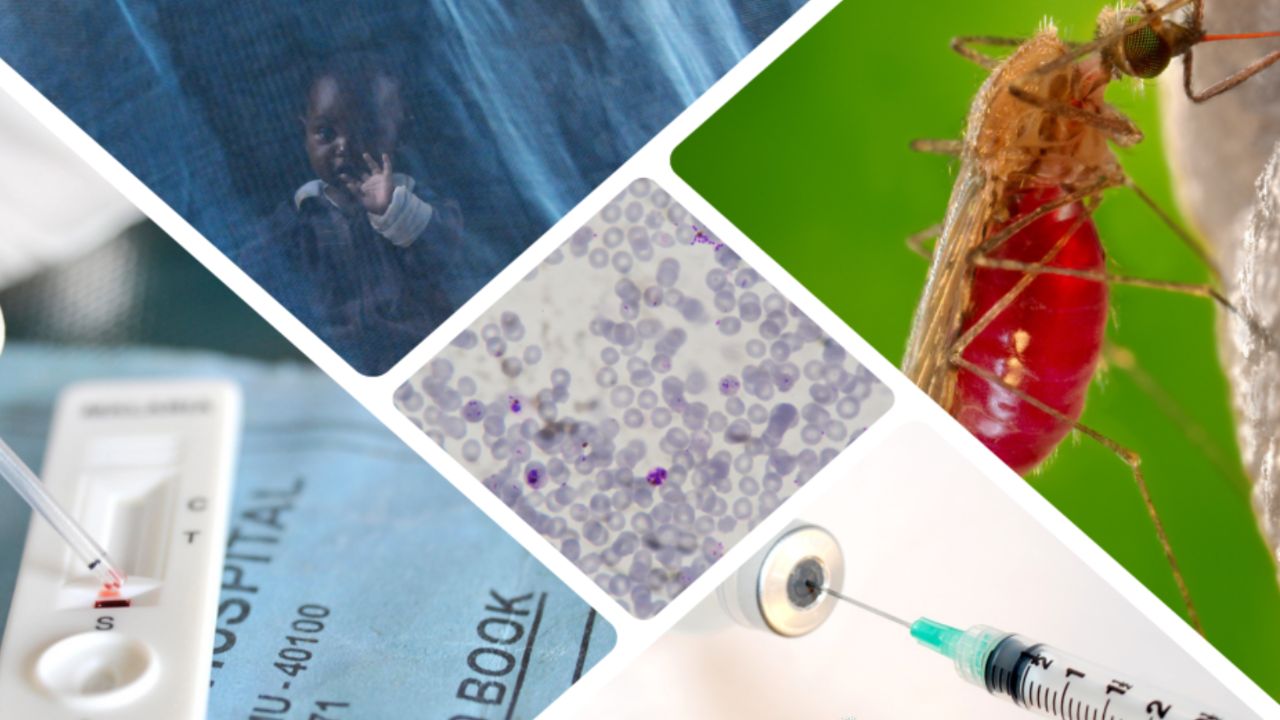
5 malaria challenges where genomic surveillance makes a difference
By using genomics to track parasites and mosquitoes in real time, we can quickly spot resistance, diagnostic and vaccine escape, and population changes.
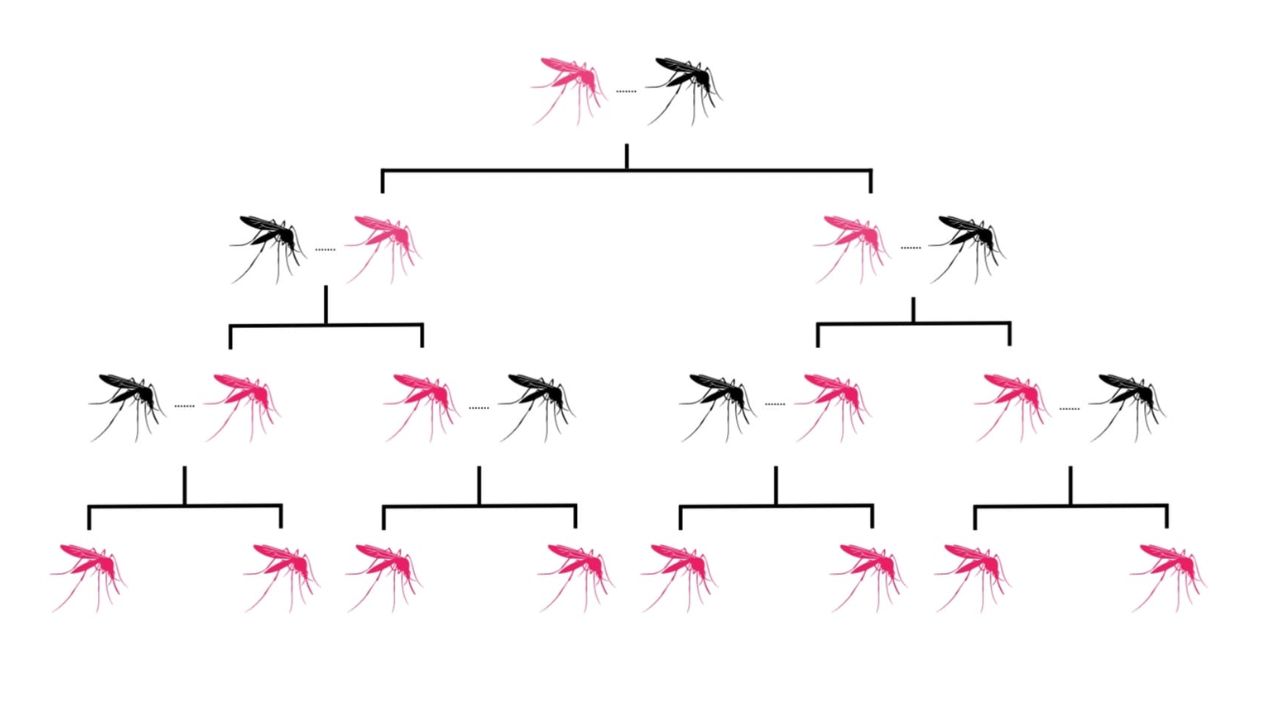
What are gene drives?
How can genomic surveillance support this new technology, which aims to genetically modify mosquitoes in order to suppress their populations and ultimately reduce malaria?
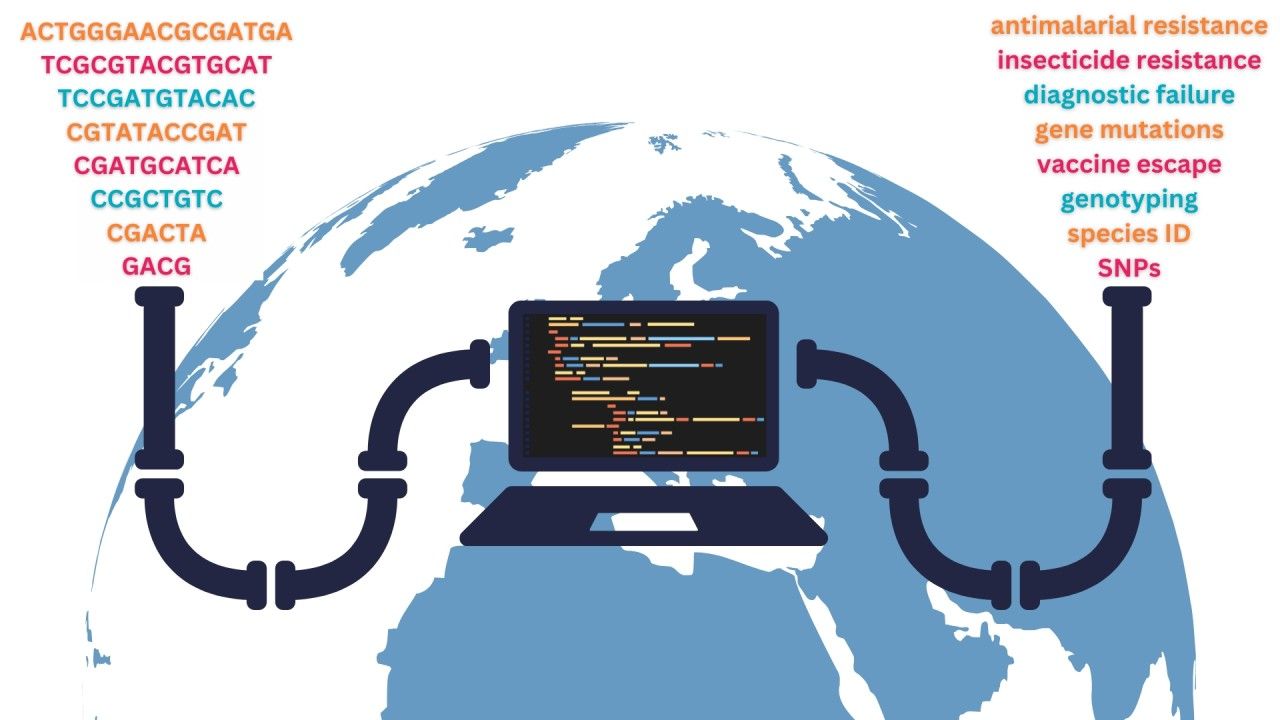
Why are open bioinformatics pipelines so important?
From rapid innovation to equitable global partnerships, genuinely open-source bioinformatics pipelines can turbocharge the tracking of deadly pathogens.

Mosquito mutation mystery in Morogoro
Why did mosquitoes in a Tanzanian district develop – and then lose – resistance to a banned insecticide?
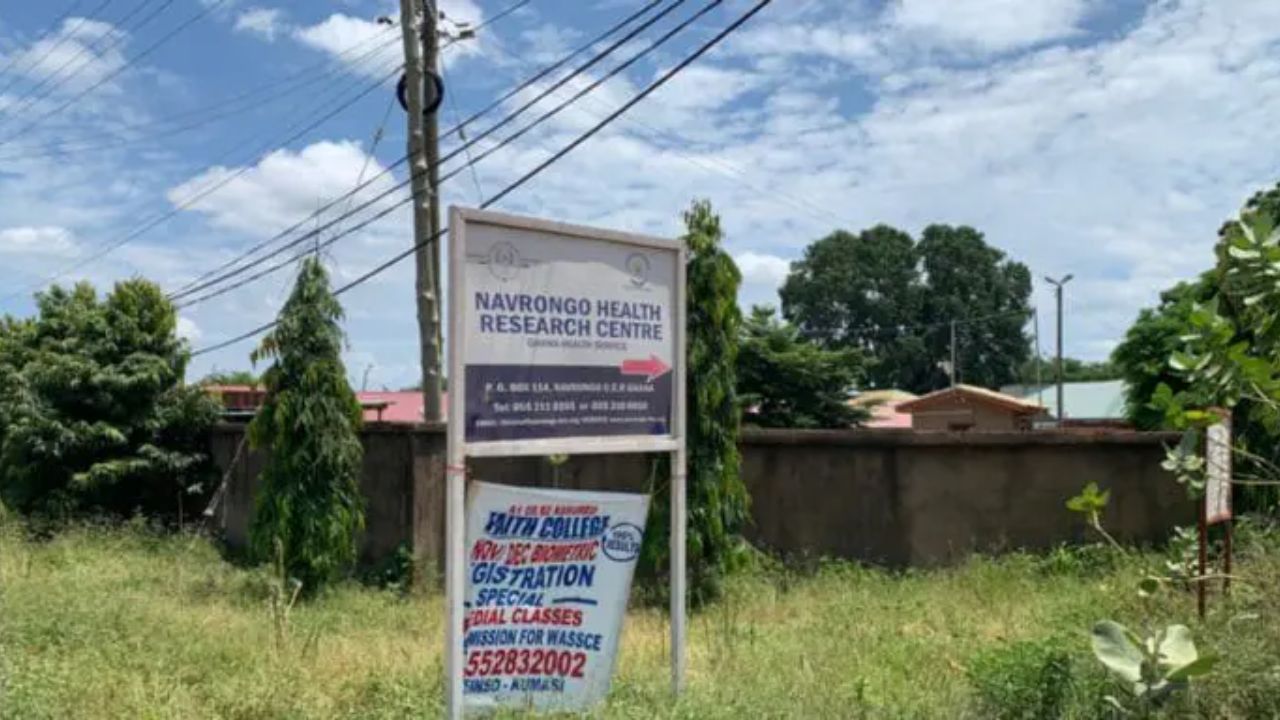
Pocket-sized DNA sequencers and gaming laptops to track malaria
Partnership in Ghana pioneers on-site genomic surveillance to track changes in the malaria parasite, achieving sampling to sequencing within 48 hours.
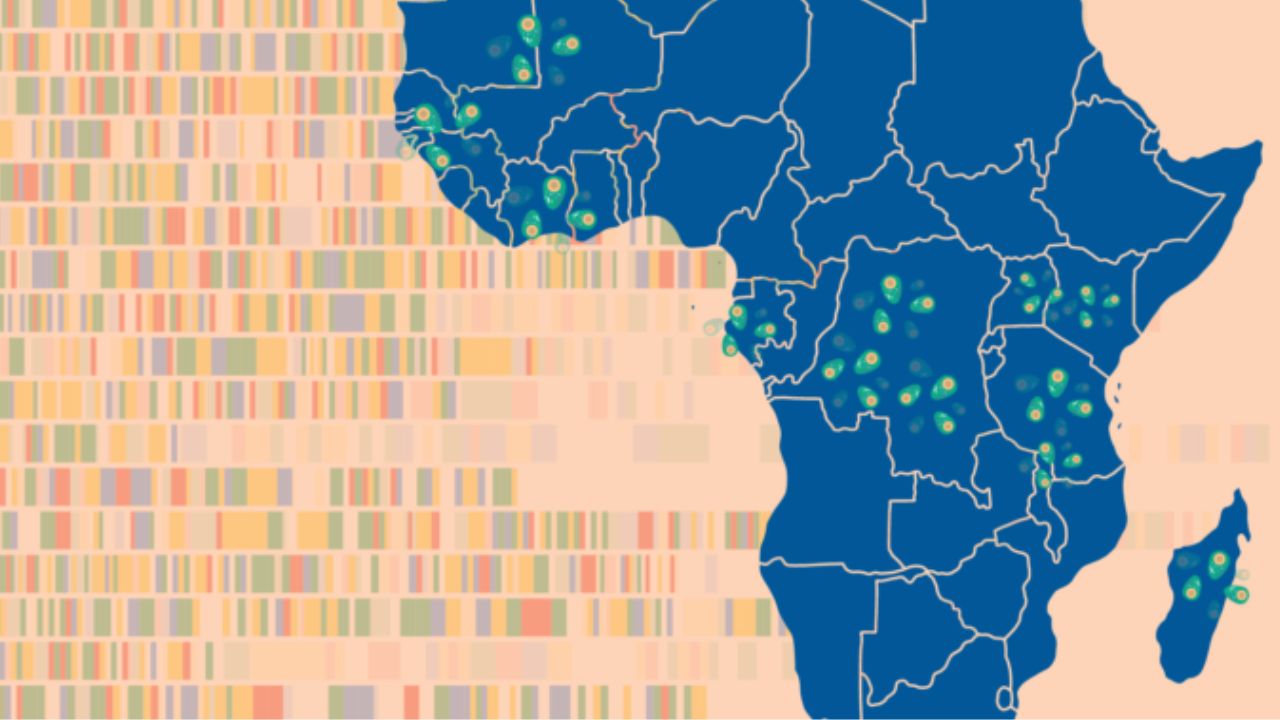
Hidden malaria parasites discovered in data 'treasure trove'
Huge dataset uncovered a parasite group spread at low frequency across Africa. Further research is now required to understand the combination of rare variations in their genome.
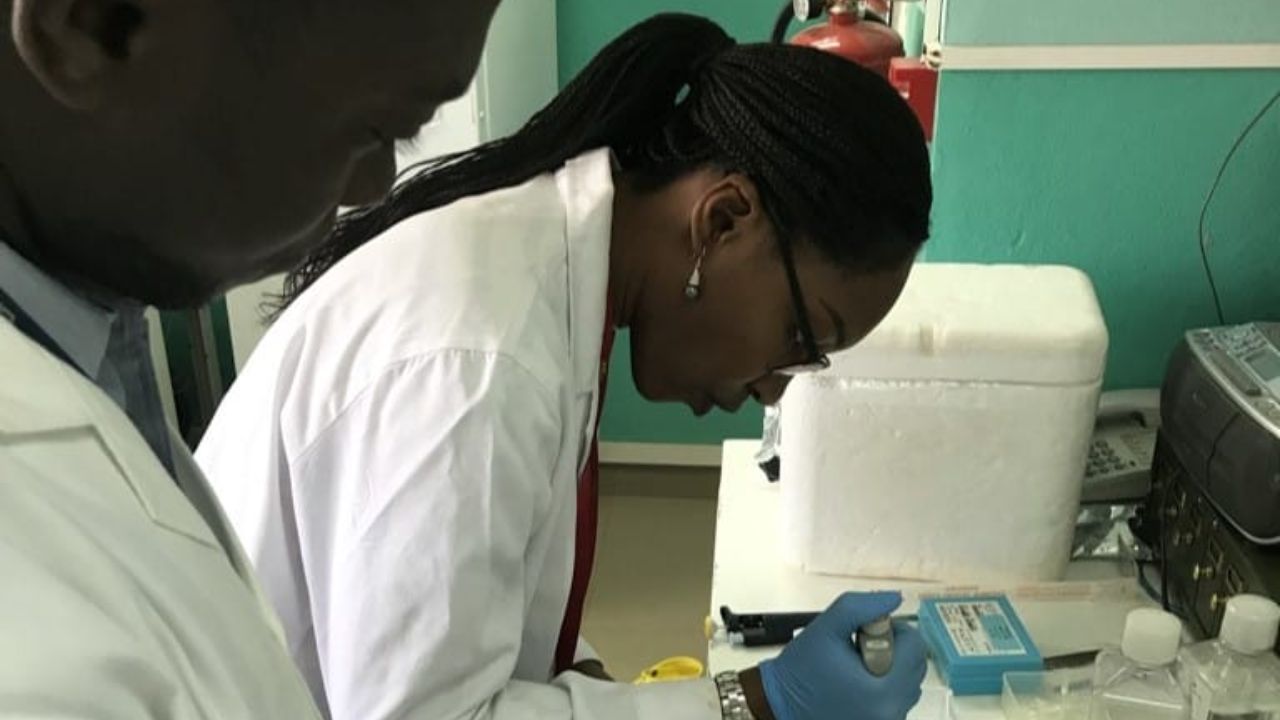
Building Mali’s independence in genomics
A genomics surveillance hub in Mali will allow the collection, sequencing and analysis of genomic data all in one country. This provides speed and flexibility for malaria researchers.
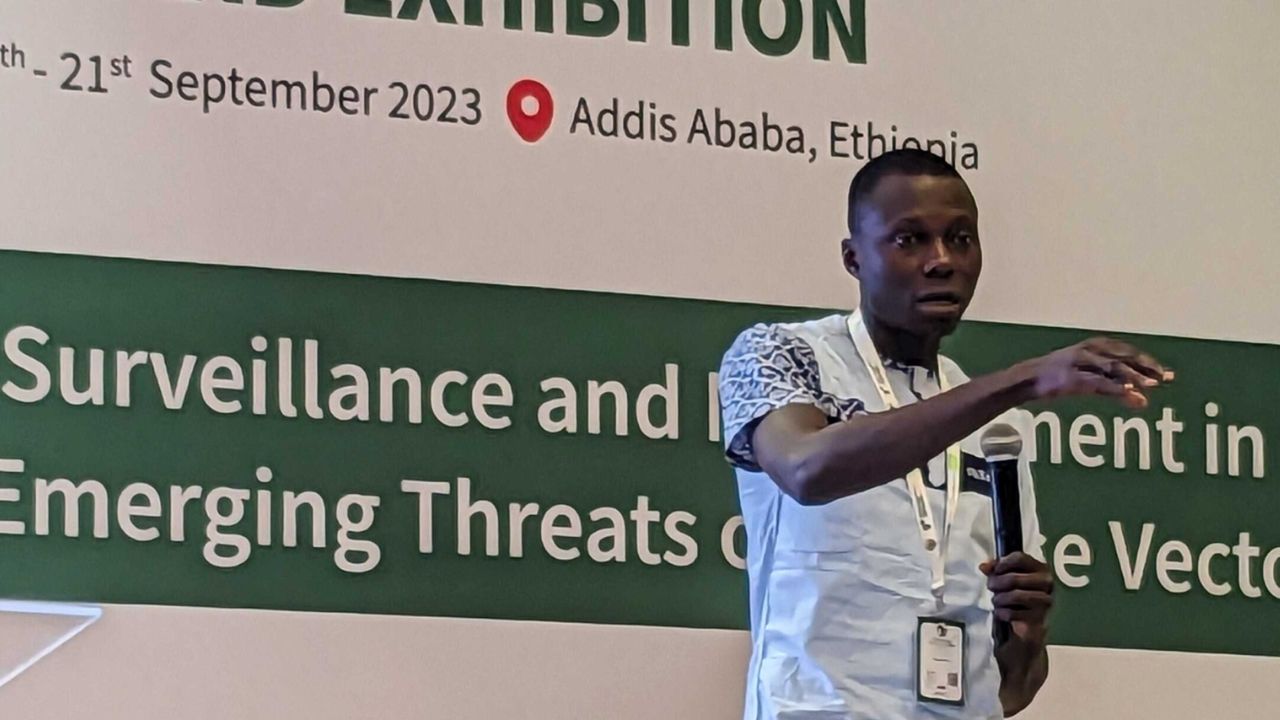
Watching insecticide resistance evolve in Burkina Faso
Insecticide resistance in mosquitoes is one of the urgent challenges for malaria vector control efforts, and one where genomic surveillance has an important role to play.

Global Commission for Post-Pandemic Policy

COVID lessons for climate change
Could we replicate the vaccine breakthrough to tackle the even greater threat of climate change? How and where might the winning vaccine formula be deployed in the race to stop our planet overheating.
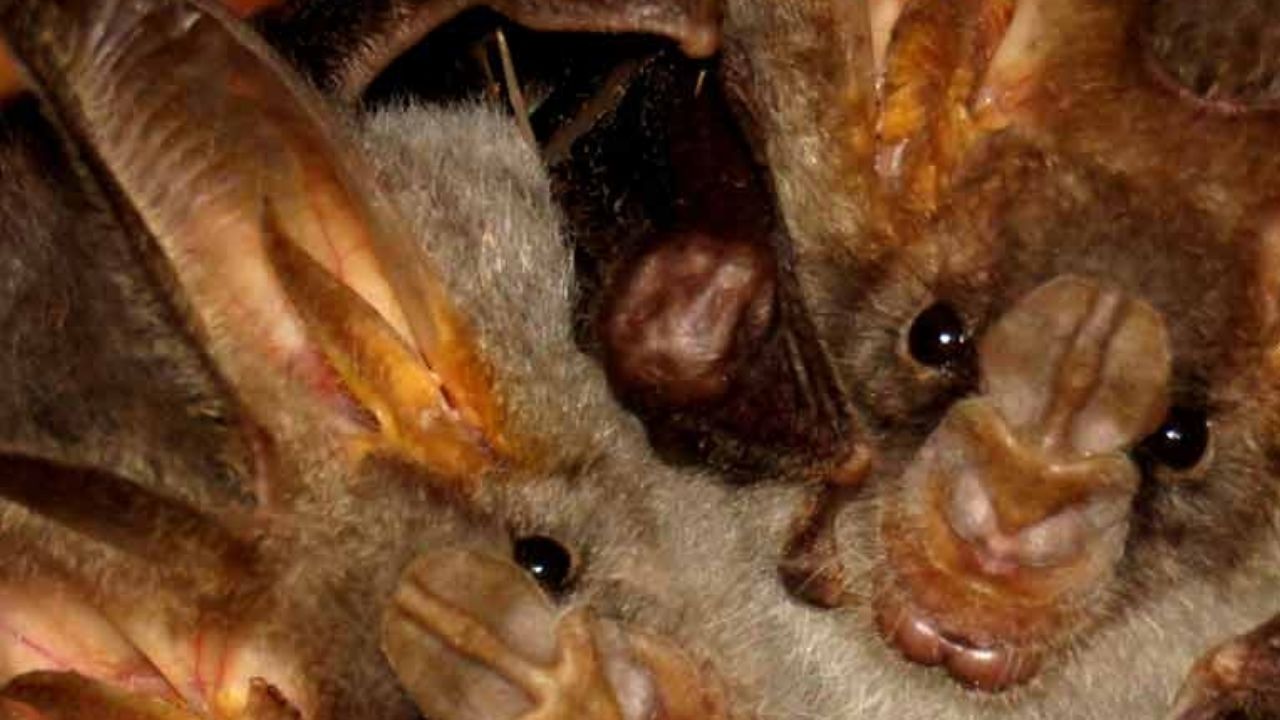
Preventing future zoonotic pandemics
How are policymakers reacting to the arguably overdue realisation that we are entering a “Pandemic Era”, and what more could be done to limit the risk of new zoonotic diseases emerging in future?

The good, the bad and government plans
What are the strengths and (mainly) weaknesses of previous efforts by governments to prepare for pandemic-type threats, and the degree to which lessons had been learned?

The elusive notion of herd immunity
What is meant by herd immunity and how is it calculated? This has shifted in recent months, as our understanding and the virus itself have evolved.
